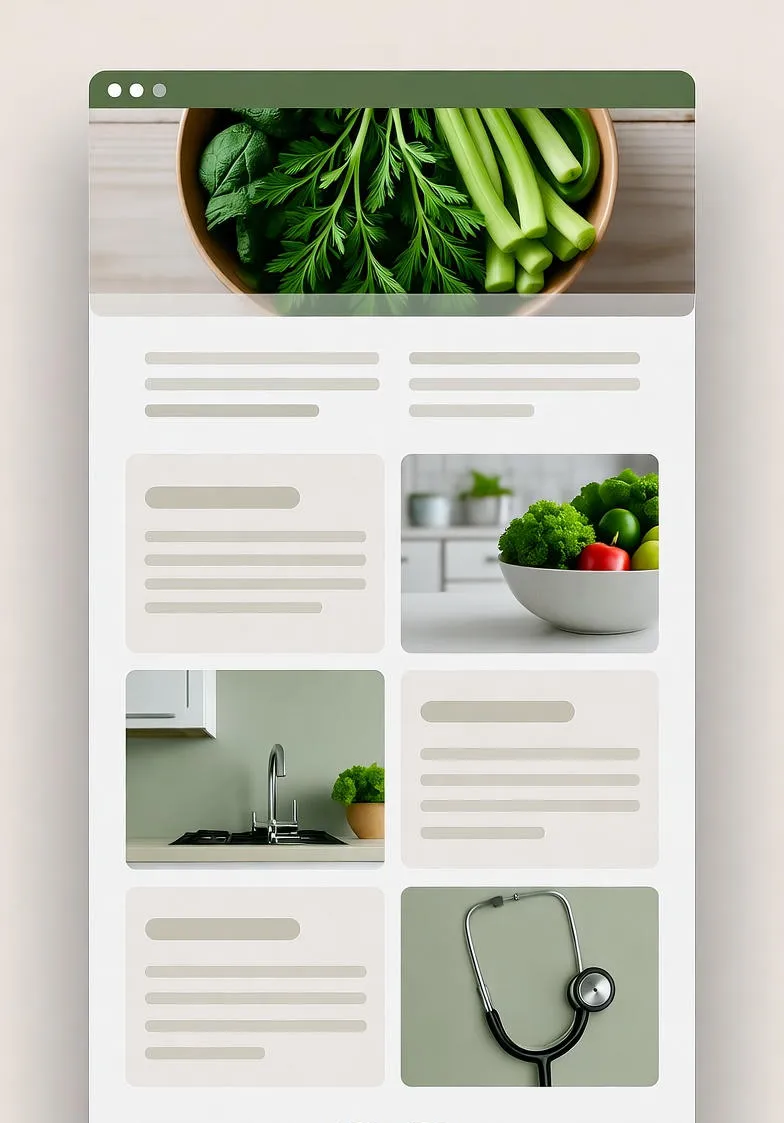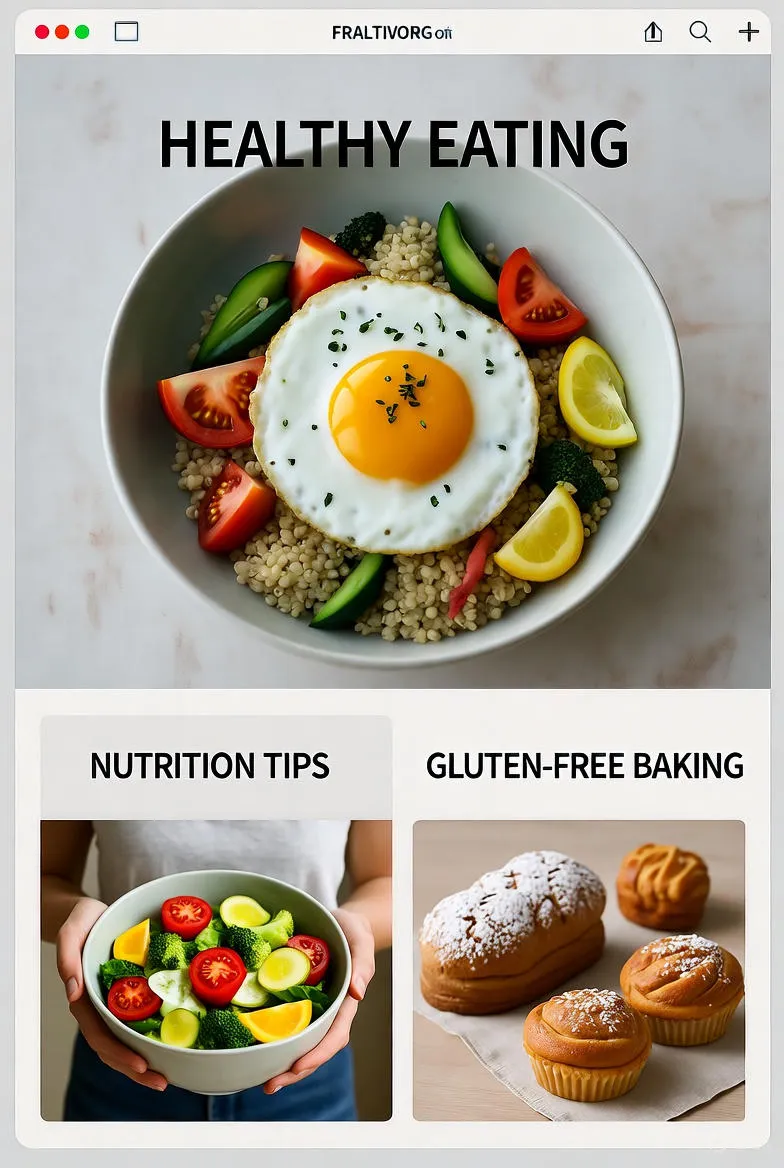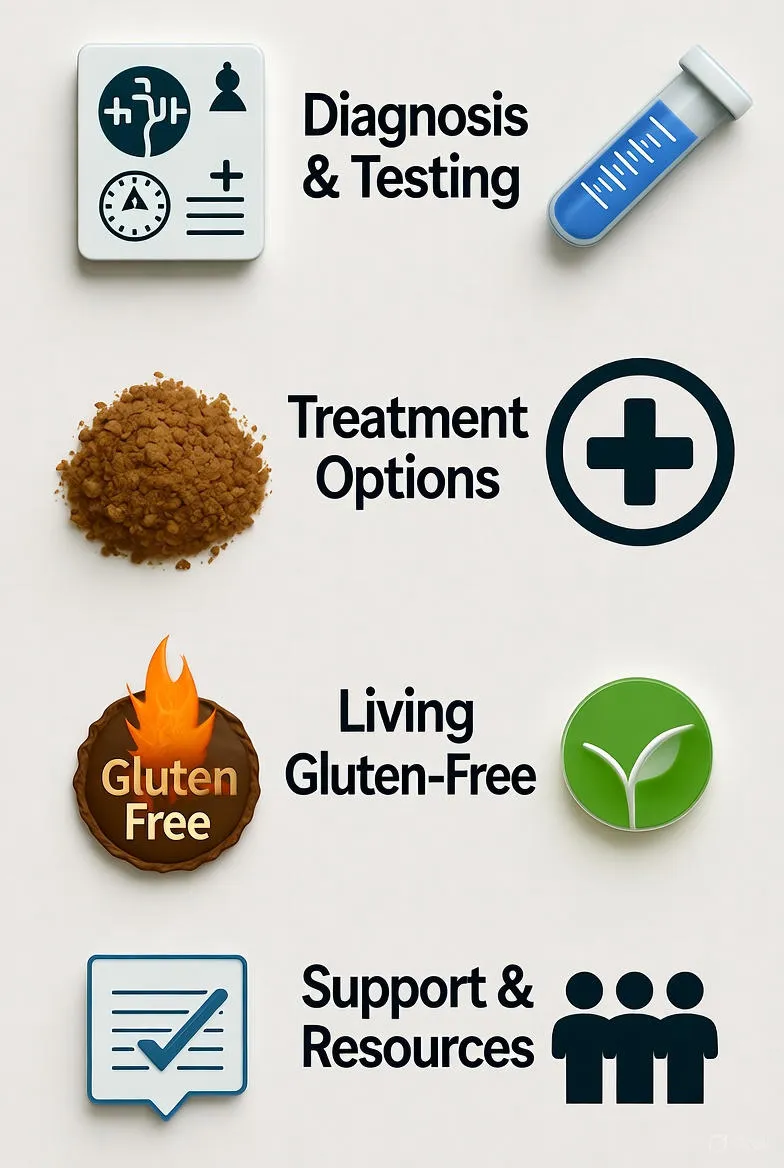Unmasking Hidden Gluten: Sneaky Sources in Your Everyday Processed Foods
Explore hidden gluten sources in processed foods like sauces, soups, and snacks. Learn to read labels, avoid cross-contamination, and discover safe alternatives for a healthier gluten-free diet.

Understanding Gluten and Its Impact
Gluten, a protein found in wheat, barley, and rye, is a staple in many diets but a hidden danger for millions worldwide. For those with celiac disease, non-celiac gluten sensitivity, or wheat allergies, even trace amounts can trigger severe reactions ranging from digestive distress to long-term health complications. While avoiding obvious sources like bread and pasta seems straightforward, the real challenge lies in processed foods where gluten lurks undetected. This article delves deep into the insidious ways gluten infiltrates your pantry staples, empowering you to navigate supermarket aisles with confidence.
Why Processed Foods Are a Gluten Minefield
Processed foods dominate modern kitchens for their convenience and shelf life, but their ingredient lists often conceal gluten under vague terms or as additives. Manufacturers use gluten as a binder, thickener, or flavor enhancer because it's cheap and versatile. The result? A single innocent-looking product can cross-contaminate your gluten-free lifestyle. According to health experts, up to 80% of packaged items in grocery stores contain some form of gluten or its derivatives, making vigilance essential.
The Role of Cross-Contamination
Beyond direct ingredients, cross-contamination during manufacturing amplifies the risk. Facilities that produce both gluten-containing and gluten-free products may share equipment, leading to unintended traces. Even 'gluten-free' labels aren't foolproof if the threshold—typically 20 parts per million—doesn't align with your sensitivity level. This is particularly concerning for the 1 in 100 people with celiac disease, where any exposure damages the small intestine.
Common Culprits: Where Gluten Hides
Let's uncover the most surprising sources of hidden gluten in processed foods. Awareness is your first line of defense.
Sauces and Condiments
That bottle of soy sauce in your fridge? Many brands use wheat as a fermenting agent, packing in gluten. Similarly, gravies, salad dressings, and marinades often rely on wheat flour for thickening. Mustard and ketchup might seem safe, but flavored varieties or those with modified food starch could harbor gluten. Always scrutinize labels for 'hydrolyzed wheat protein' or 'malt extract'—red flags for gluten.
Soups and Broths
Canned soups are comfort in a can, but their creamy textures often come from roux made with wheat flour. Even clear broths like chicken or vegetable stock can contain barley malt or wheat-derived additives for flavor depth. Instant noodle soups are notorious offenders, with seasoning packets loaded with gluten-based enhancers.
Snacks and Cereals
Crunchy snacks like flavored chips, pretzels, and crackers frequently include wheat flour or malt flavoring. Breakfast cereals, even seemingly healthy granola or rice puffs, might bind with malt syrup from barley. Chocolate bars and candies? Some use wheat-based fillers or coatings, turning a treat into a trap.
Processed Meats and Dairy
Deli meats, sausages, and hot dogs often contain wheat fillers to retain moisture and improve texture. Imitation crab in seafood salads? It's typically made with wheat starch. On the dairy side, flavored yogurts, cheese spreads, and ice creams can hide gluten in stabilizers or flavorings derived from wheat.
Beverages and Alcohol
Beer brewed from barley is an obvious no-go, but wine coolers, flavored vodkas, and even some sodas use malt flavoring. Processed coffee creamers and hot chocolate mixes might include wheat-derived thickeners, surprising even seasoned gluten-free veterans.
Decoding Food Labels: A Step-by-Step Guide
Reading labels is an art form for the gluten-conscious. Start with the ingredients list, not just the nutrition facts. Look for explicit mentions of wheat, barley, rye, or their derivatives like spelt, durum, or farro. Beware of ambiguous terms:
- Malt: Usually from barley, unless specified otherwise.
- Modified food starch: Could be corn or wheat—ask for clarification.
- Natural flavors: May mask gluten sources.
- Thickeners or stabilizers: Often wheat-based.
The 'gluten-free' certification from organizations like the Gluten-Free Certification Organization (GFCO) offers reassurance, but absence of a label doesn't mean safety. In the EU and US, regulations require clear allergen declarations, yet processed foods' complexity demands double-checking.
Apps and Resources for On-the-Go Checks
Leverage technology: Apps like Fig or Gluten Free Scanner use barcode scanning to flag gluten risks instantly. Websites from the Celiac Disease Foundation provide updated databases of safe and unsafe products, evolving with industry changes.
Health Implications of Hidden Gluten Exposure
Repeated exposure isn't just uncomfortable—it's detrimental. For celiacs, it erodes the intestinal villi, impairing nutrient absorption and raising risks for osteoporosis, anemia, and neurological issues. Gluten sensitivity manifests in bloating, fatigue, and joint pain, often mimicking other conditions. Long-term, chronic inflammation from undetected gluten can contribute to autoimmune disorders. Studies from the Journal of Gastroenterology highlight how even low-level contamination correlates with persistent symptoms in sensitive individuals.
Who’s Most at Risk?
Beyond diagnosed celiacs, undiagnosed sensitivities affect up to 6% of the population. Children, pregnant women, and those with other autoimmune conditions like thyroid disease face heightened vulnerabilities. Early detection via blood tests or biopsies can prevent cascading health issues.
Strategies for a Gluten-Free Processed Food Diet
Embracing gluten-free doesn't mean sacrificing convenience. Here's how to thrive:
Stock Smart Alternatives
Opt for certified gluten-free soy sauce made from tamari, which is naturally wheat-free. Choose broths labeled 'gluten-free' or make your own from bones and veggies. For snacks, rice cakes, popcorn, and nut-based bars fill the void without compromise.
Meal Prep Mastery
Batch-cook sauces from cornstarch or arrowroot powder. Homemade granola with oats (certified gluten-free to avoid cross-contamination) and seeds ensures control. Invest in a food processor for gluten-free flours like almond or coconut, transforming recipes effortlessly.
Dining Out Defensively
When eating out, query about cross-contamination—many kitchens now accommodate with separate fryers or prep areas. Apps like Find Me Gluten Free crowdsource safe eateries, turning travel from trepidation to triumph.
The Bigger Picture: Industry and Regulation
The gluten-free market has exploded, valued at over $6 billion globally, pressuring manufacturers to adapt. Yet, inconsistencies persist: In some countries, labeling laws lag, leaving consumers in the dark. Advocacy groups push for stricter standards, including mandatory disclosure of all gluten sources. As consumers, our dollars drive change—choosing transparent brands incentivizes better practices.
Sustainable Choices
Beyond health, consider environmental impacts. Wheat farming contributes to monoculture strain, while gluten-free alternatives like quinoa and millet promote biodiversity. Sourcing ethically supports regenerative agriculture, aligning wellness with planetary health.
Empowering Your Journey: Final Thoughts
Unmasking hidden gluten in processed foods transforms overwhelm into empowerment. By understanding sources, mastering labels, and embracing alternatives, you reclaim control over your nutrition. Remember, a gluten-free life isn't restrictive—it's liberating, opening doors to vibrant energy and symptom-free days. Consult a dietitian for personalized advice, and celebrate small wins like a contamination-free meal. Your body will thank you with every gluten-free bite.
In summary, vigilance is key, but so is joy. Explore new flavors, experiment boldly, and let this knowledge fuel a healthier, happier you. Whether you're newly diagnosed or a seasoned navigator, the path to gluten freedom is paved with awareness and action.


